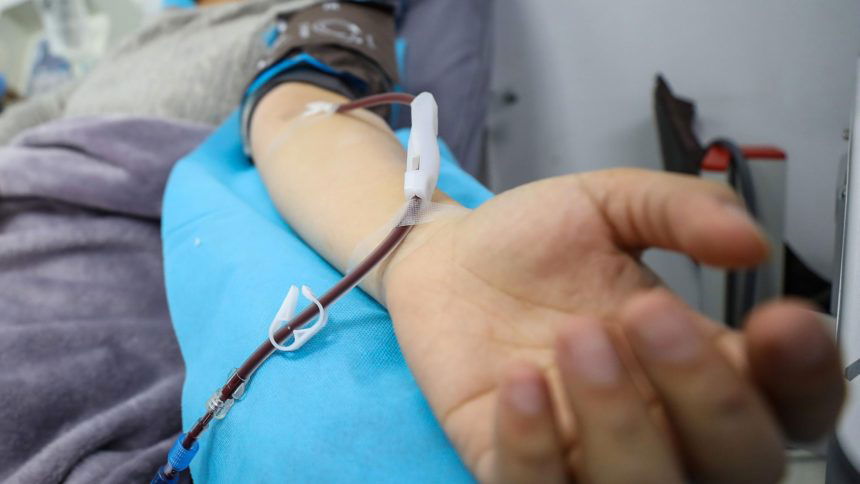El Paso hospitals look to strengthen plasma reserves as flu season approaches

EL PASO, Texas -- Medical centers around El Paso are busy reaching out to local survivors of the COVID-19 pandemic as they look to strengthen their supply of convalescent plasma for the ongoing fight against the virus.
They will soon be getting a donation from Bonnie Soria Najera, who survived her own encounter with Covid-19 but tragically lost both of her parents to the virus.
“I hope a lot of people will go out there and donate plasma because my mom did not make it but we can help someone else’s make it," Najera said.
After initial concerns at the start of the pandemic that the region's plasma reserves would run dry, supply has finally stabilized somewhat. However, local hospital administrators know that they are walking a fine line.
“Everyone is anticipating a rise in cases during the winter months," said Gregory Erickson, the assistant administrator of Ancillary Services at University Medical Center. "As they rise, the need for plasma will increase so these next few weeks will be critically important for all medical organizations in El Paso as the winter season hits.”
Hospital officials added that regardless of how hard they prepare for the double threats of Covid-19 and the oncoming flu season, they must also rely heavily on the general public to be responsible by keeping their masks on whenever they are out in the community.
“Winter is absolutely the busiest season for us because of the flu and now with the coronavirus, if you add those populations together then definitely the hospitals will be overwhelmed and people will die," said Dr. Carlo Hatem, a pulmonologist and critical care specialist.
El Paso's University Medical Center and Hospitals of Providence both recently launched large-scale contact campaigns to get in touch with thousands of El Paso’s coronavirus survivors in order to ask them to donate anti-bodies.
According to Dr. Hatem, prior to the pandemic, the Hospitals of Providence fielded about 3 to 4 plasma requests per week.
Later, during the worst of the pandemic, that number shot up to about 15 plasma requests per day but has recently settled back down to about seven requests a day.
